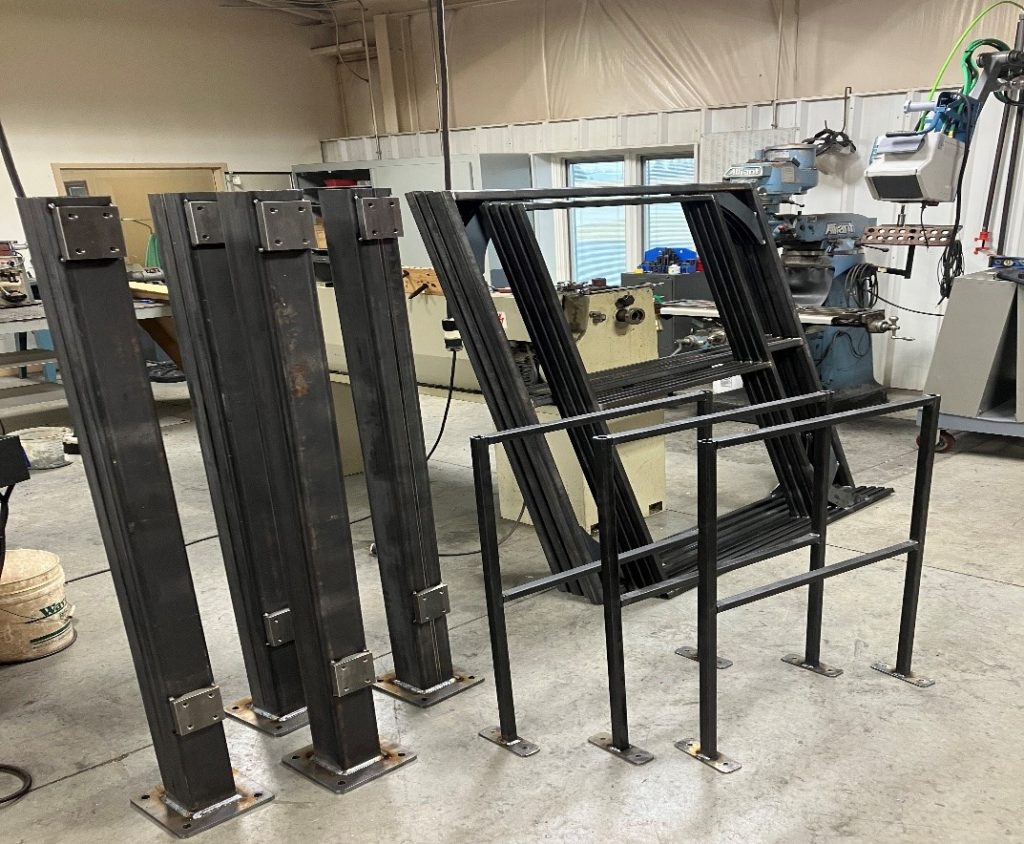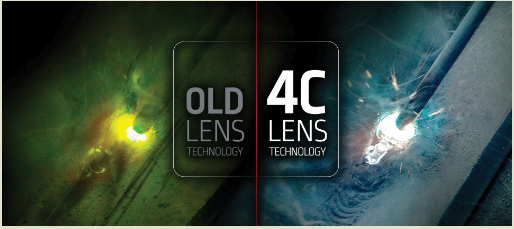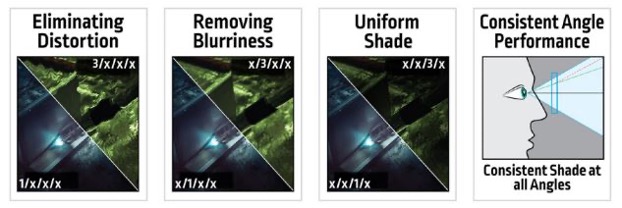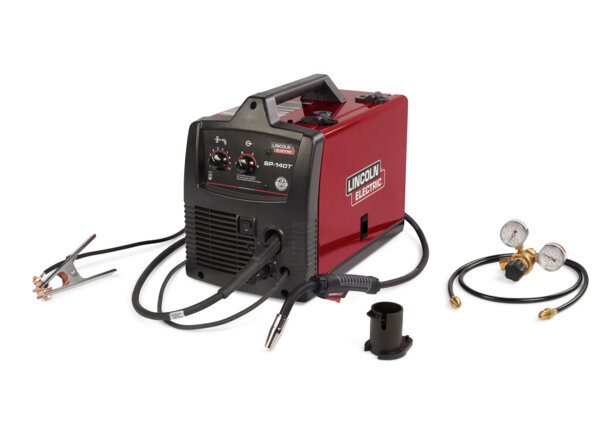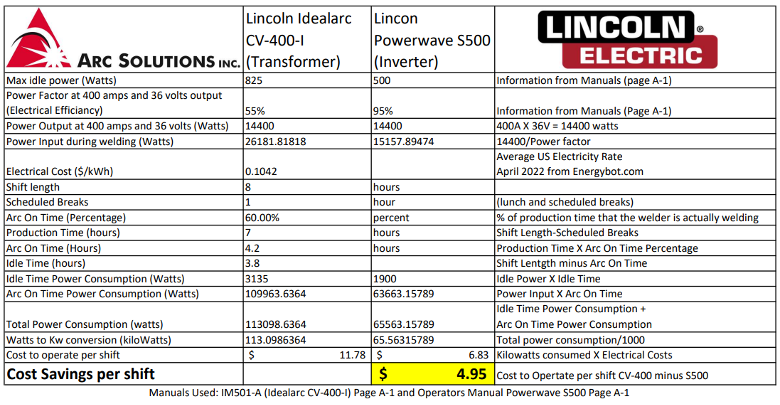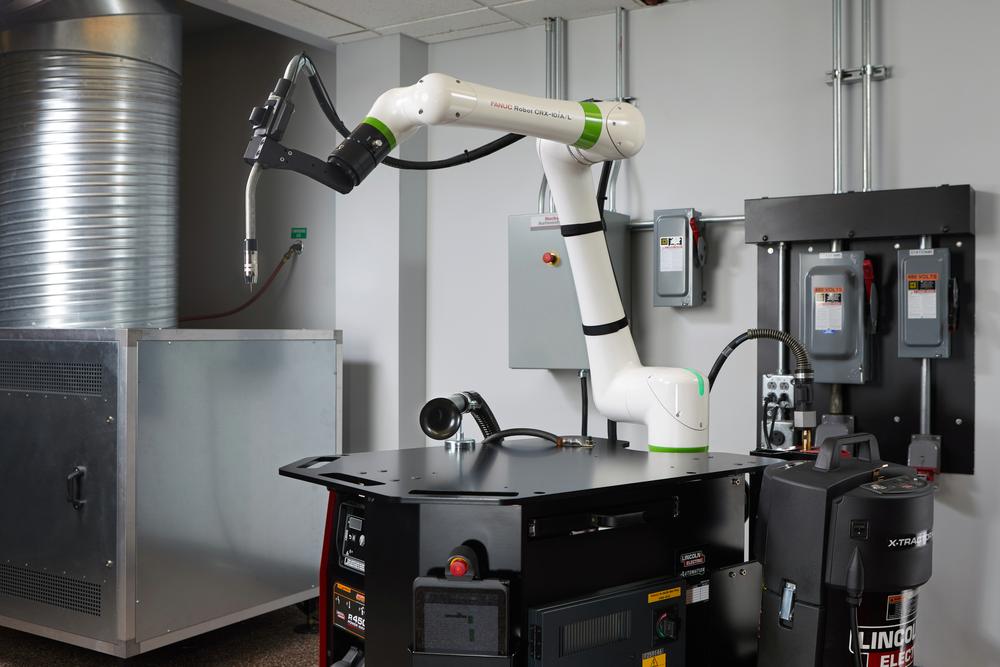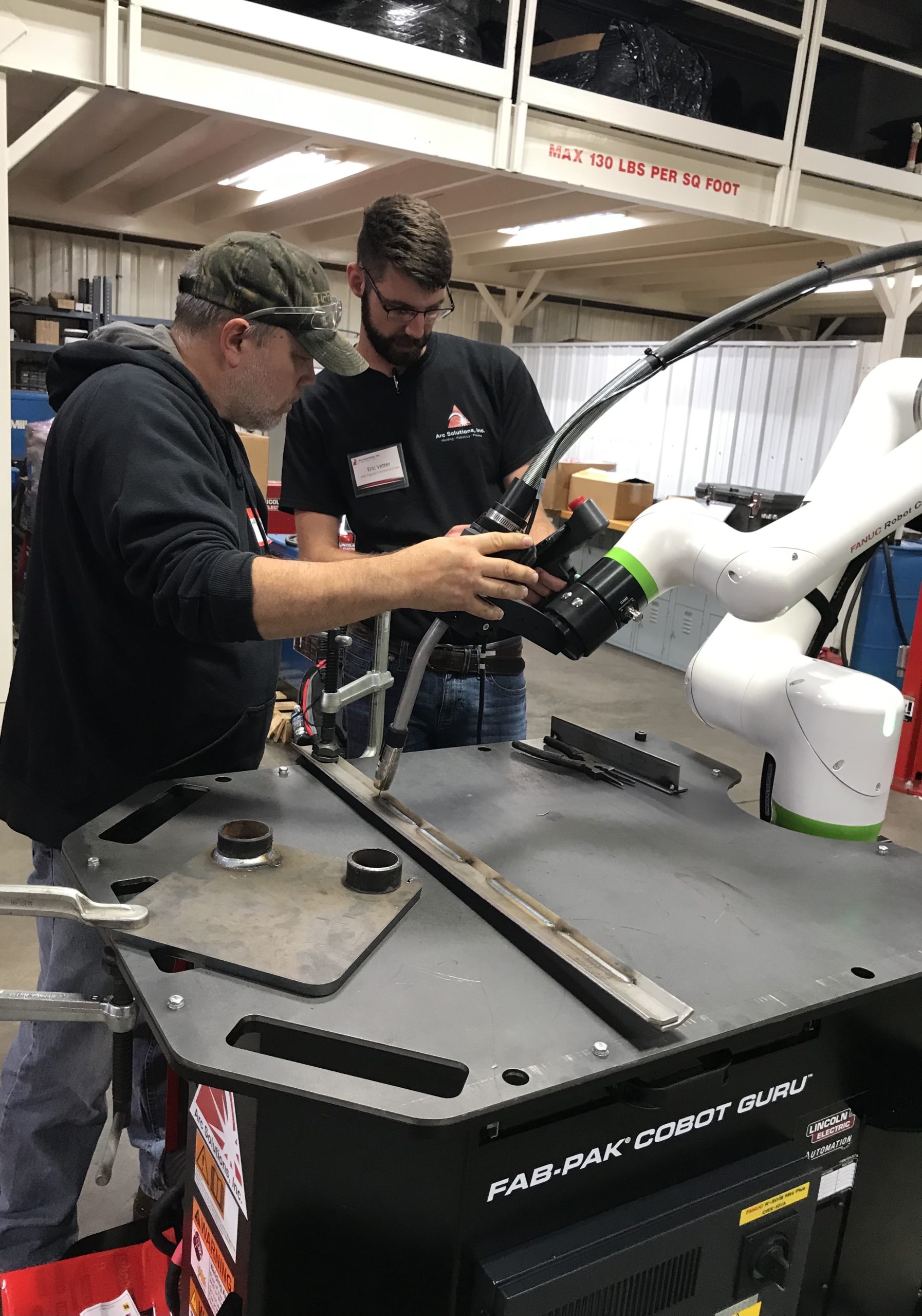
Equipment Maintenance: The Ultimate Guide For Welders
Regular equipment maintenance is key to increasing the longevity of its lifespan. In this series, we are going to go over how to maintain welding equipment (this blog), plasma cutters and oxy-fuel torches. The sole idea is to keep your equipment in tip-top shape to decrease downtime and increase output with maximum efficiency.
One thing you’ll notice if you’ve worked in a machine shop for any amount of time is when it gets hot during the summertime, machine downtime tends to increase. This also ties directly to the cleanliness of your equipment. In a welder there is a lot of build up from lubricants, metal shavings, grease and dirt, creating higher internal machine temperatures. The external heat only adds to the ‘fire’ so-to-speak, aiding in mechanical issues. Taking the time to properly inspect your welder will help you to identify potential causes for troubles.
General Equipment Maintenance Tips
Unplugging And Allowing Rest Time
It's very important that you FIRST unplug your machine and allow it to sit for 5 minutes before beginning an inspection. This is to avoid possible shock. Once that is done, you can find the side door/cover on your unit. Most weld machines have a door that you can open up or a side cover with screws that you can remove to get inside to repair the mechanical components of your welder. Taking a look inside to examine all the working parts often is a good way to get familiar with your machine. On heavily used equipment, you’ll likely see the build-up of debris mentioned earlier as soon as you open the door.
Preventing Grime Buildup
Things that you can do to prevent grime buildup in your Lincoln welders, your ESAB multi-process welders, or nearly any welding unit, are taking the time to thoroughly clean your machine. You can use an air hose to blow out any debris on the inside of the machine and wipe down with a dry rag. While cleaning your welder, examine control cables and weld cables that may need replacing. Signs of wear typically appear as cuts and cracks in the cables.
Maintaining The Weld Hood
Another thing that is always helpful when welding is to be sure you are changing your inner and outer lens on your weld hood. There is always a huge difference when going from an old dirty/scratched outer lens to a brand new lens. Regularly changing both the inner and outer lens of your weld hood is essential for better visibility and safety while welding. Old, dirty, or scratched lenses can impair your vision, leading to subpar welds and potential safety hazards.
Equipment Maintenance Checklist For Welders
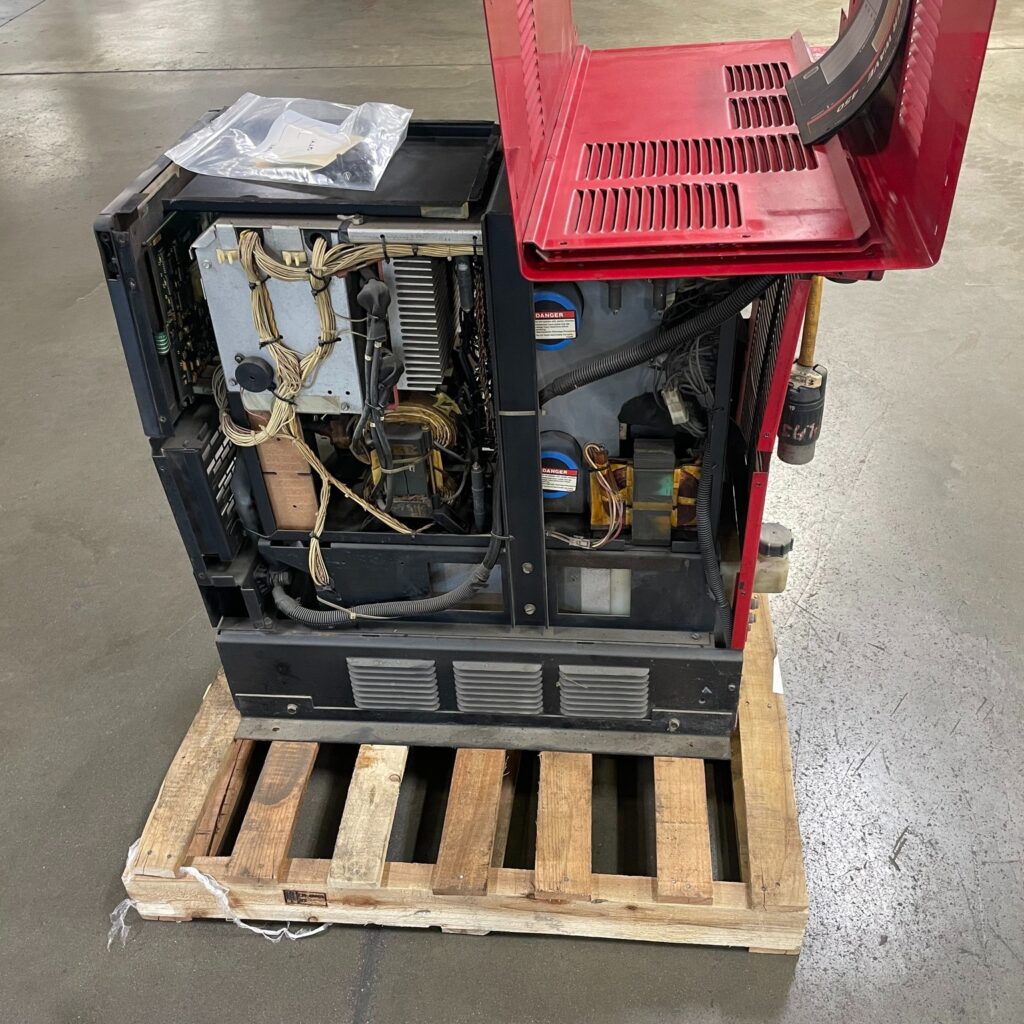
- Drive Rolls Inspection: Ensure that the drive rolls are still in good shape and functioning properly.
- Fluid Levels Check (for engine drives): Inspect and maintain appropriate fluid levels in engine-driven welding equipment.
- Filter Examination: Check and clean/replace air or oil filters to maintain proper ventilation and prevent contamination.
- Contactor and Relay Inspection: Visually inspect contactors and relays for signs of arcing or damage, and address any issues found.
- Fan Functionality: Verify that the cooling fans spin freely and are working efficiently to prevent overheating.
- Debris and Oil Spills Removal: Thoroughly clean the inside of the machine, removing any debris or oil spills that may affect performance.
- Consumables Check and Replacement: Regularly inspect and replace worn or damaged consumables, including tips, nozzles, diffusers, wire, liners, etc.
Periodically running through your equipment maintenance checklist should do the trick in helping maintain your welding equipment. A thought to remember is to not be afraid to check/replace your consumables (the same goes for the settings on your units). Sometimes a problem that is frustrating can be as simple as needing new consumables or adjustments in the weld settings.
Welding Equipment Troubleshooting Q&A
The ability to troubleshoot your equipment is also a good skill to learn. This skill comes with time and experience, and the longer you’ve welded the more familiar you’ll be with the issues that can occur. As mentioned before, it is a good idea to get familiar with your machine both inside and out. So, when an issue arises you have a better chance of nailing down what is the problem before it causes significant amounts of downtime.
Here are some troubleshooting scenarios with example machines, but do what applies in your case:
Q: What do I do if my Lincoln Power MIG 215 is having trouble with poor weld quality?
A: The problem could be poor porosity, so be sure the surface you are welding is clean and the consumables you are using are appropriate, specifically your wire. Using a deoxidizer with the wire is a way to help control porosity.
Q: What do I do if the arc on my Lincoln Power MIG 211i is erratic?
A: You’ll want to begin with checking your input voltage to the machine. Take your time to check that cables are also working and there are no faulty connections. Another possible cause is incorrect type/size gun tip, also being sure the tip is damage free. While doing this it is helpful to double check over your gun to make sure it is in working order without breaks. You can also check your ground clamp for a weak connection.
Q: What do I do if my Lincoln POWER MIG 140 is having issues with unstable welds and arcing?
A: This could be much like the last issue. Do you have any faulty connections? Are your electrodes tightly connected to your lugs? (Connections that are loose can cause overheating and lead to fusions of metal, putting your machine in need for repair.) In this scenario, you can also check your ground clamp for a weak connection.
Key Takeaways Of Welder Equipment Maintenance
Takeaways from the maintenance guide in a nutshell would be to ensure your welder and the surface you are welding are clean and clear of debris. Along with that, make sure all equipment and consumables are in good shape and not in need of replacement (such as cables, liners, drive rolls, nozzles, tips, and diffusers.) Taking the time often to run through a good maintenance checklist will help prevent your machine from going down and needing to be repaired. In our next series we are going to address the techniques and maintenance of plasma cutting machines. Stay tuned on our Facebook page for the debut of that blog!
Be proactive with your welding equipment and ask Arc Solutions about our Preventative Maintenance Program!
Back to blog

